Ford Fusion SEL Review
What's the difference between a rental car and a mass market motor? Not a lot. But this much is true: the new Fusion's headlight switch wouldn't seem out of place on an EASY-BAKE oven. Actually, Ford should be so lucky; Kenner has sold over 16 million cookers since the feminist's least favorite toy debuted in 1963. The probability that the Fusion will deliver similar amounts of EASY-PROFIT depends entirely on the Y factor. Why would anyone buy an automobile that's had any hint of personality professionally removed by a crack squad of cost-conscious engineers? Purchase price? Reliability? You tell me and then we'll both know.
If customers swim into their local Ford dealer's fishbowl to spawn between $17k and $21k on behalf of a new Fusion, they won't be doing so because the sedan's sheet metal haunts their dreams– unless it's a nightmare about being pursued by a giant razor. The Fusion's three-blade front foil is the car's only attempt to make a visual statement; to my eyes it looks as if it's saying "I want to be an Infiniti when I grow up". From any angle other than the front, Ford's family four-door is so generic that the binocular fusion required to scan it hardly seems worth the effort. To be fair, the Fusion's Euro-blanditude obscures its proletarian roots with unrelenting unobjectionality. How great is that?
The Fusion's interior is another story: How to Build a Cockpit So Bland it Hertz. While the cabin's quad-adult accommodations and ergonomics are fundamentally sound (in a mindless humming kinda way), there's no excuse for the Fusion's insipid, haptically-challenged ICE and HVAC controls. Well, yes, there is: money. Ford fits the identical control systems (complete with 70's-era "connect the toothpicks" digital readouts) to all its cars, from the Five Hundred to the Focus to the F150. When a consumer can purchase a decent looking head-unit from Best Buy for a couple of hundred bucks, Ford is nuts not to shell-out the necessary cash to differentiate one model's dash from the next.
The same false economy applies to the Fusion's steering wheel. In the top-spec SEL, this mission-critical man/machine interface is covered with leather torn from a cow genetically engineered to outlast the Holocene epoch. By the reverse token, the Fusion's top box has a lid whose flimsiness is only matched by its undamped imprecision, with panel gaps that make a Land Rover Defender's bodywork look Lexian. But oh, those gauges! Their elegance, clarity and proportions offer a tantalizing glimpse of an alternative universe, where inexpensive and stylish play happily in a world made safe by The Big Blue Oval. And then you clock the dot matrix trip computer loitering between the analogue instrumentation… Oh well.
Fire-up the Fusion and it's immediately evident she'll do the fandango. Just don't expect thunderbolts and lightning. While the SEL's 3.0-liter Duratec six has variable valve timing (finally!) and stables 221 horses, the mileage-seeking six-speed autobox forces G-force junkies to whip the lardy little filly without fear or favor. And then the wrong-wheel-drive sedan's front hooves scrabble for traction and you wonder why you bothered in the first place. Luckily, you can make some allowances; the Fusion has enough low-down grunt to let you sneak-up on some serious speed, which you can then carry through the corners with remarkable ease.
The Fusion reflects Ford's world-class ride and handling expertise. The company's clever "This is Life" TV ads, which contrast everyday frustration with the quick-cut excitement of Fusion thrashing, may be a bit of an exaggeration (as witnessed by the fact that the energetic driver slams the autobox into Park). But there's no question that the Fusion's new CD3 chassis and independent (front and rear) suspension offer an ideal blend of comfort and control. The torsional rigidity voodoo that they do so well keeps both major and minor lumps and bumps from intruding on your carma AND forestalls the inevitable understeer slide for a lot longer than you'd ever imagine possible.
That said, we're not talking about a rear-wheel-drive 3-Series killer. We reserve the right to reexamine the situation a year from now, when Ford fits the Fusion with four-wheel-drive. Meanwhile, although Ford's aggressive participation in this year's SEMA tuner tournament indicates that they're fishing for thirty-something cut-and-thrusters, it's far more likely that the Fusion will find its true métier as a mid-sized, middle class family sled. And why not? The keenly-priced Fusion's got everything they'd want from an equivalent Toyota, Honda or Hyundai: a bit of style (but not too much), plenty of room for four, a big trunk, all the mod cons and an excellent chance of staying out the repair shop for the better part of its journey through life. All of which also makes the new Ford Fusion an ideal rental car. Huh. Who knew?
More by Robert Farago
Latest Car Reviews
Read moreLatest Product Reviews
Read moreRecent Comments
- Bd2 Dark Brandon is doing a great job for the US. I hope he can run for a third term.
- Dave M. My hipster daughter is greatly into it. We watched the race together this weekend. It was interesting but I'm not devoted to it like she is. She'll be at the Austin race in October.
- Bd2 If I had time to watch other people driving, then I would go for LMP.
- Steve Biro There are 24 races on this year’s F1 schedule. And I guarantee you no more than two will be reasonably exciting, Meanwhile, F1’s reception for Andretti reveals the dark underbelly of the sport. I have followed F1 since the 1960s and, frankly, I am running out of interest. I’ll catch a race if it’s convenient but won’t bother DVRing them.
- YellowDuck Been watching since the 80s, seriously since the 90s once we had reliable TV coverage. I'm in Canada though. Hey, and don't forget that the Interlagos race is also in a convenient time zone, as is Mexico. So that's 5 races in the Americas. Absolutely love it, but it takes a bit more interest in the technical / strategic side of things to really appreciate it. It's not just going fast in circles until someone crashes into someone else, while drunk people watch. The US can be proud of what it has contributed - Austin is one of the best tracks on the calendar, Vegas turned out to be much better than anyone could have hoped, and even Miami - a real Indy car-style track - produced a good race this year.



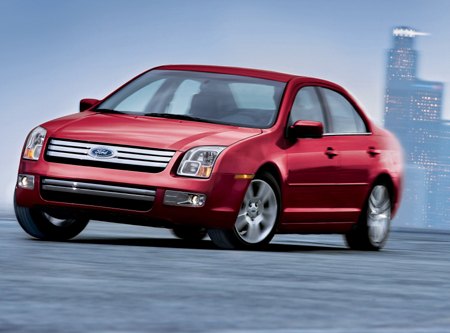



















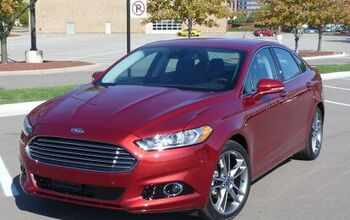
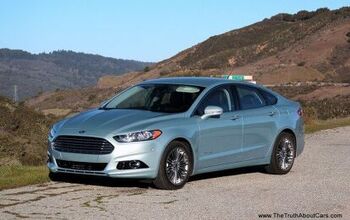
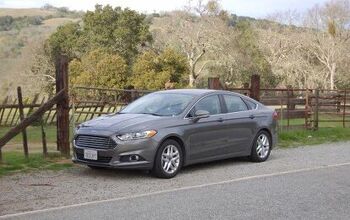
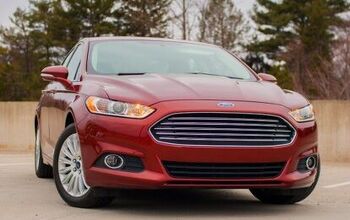
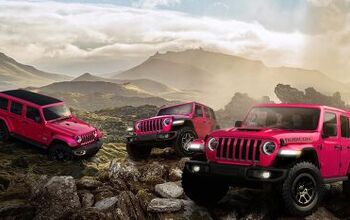









Comments
Join the conversation